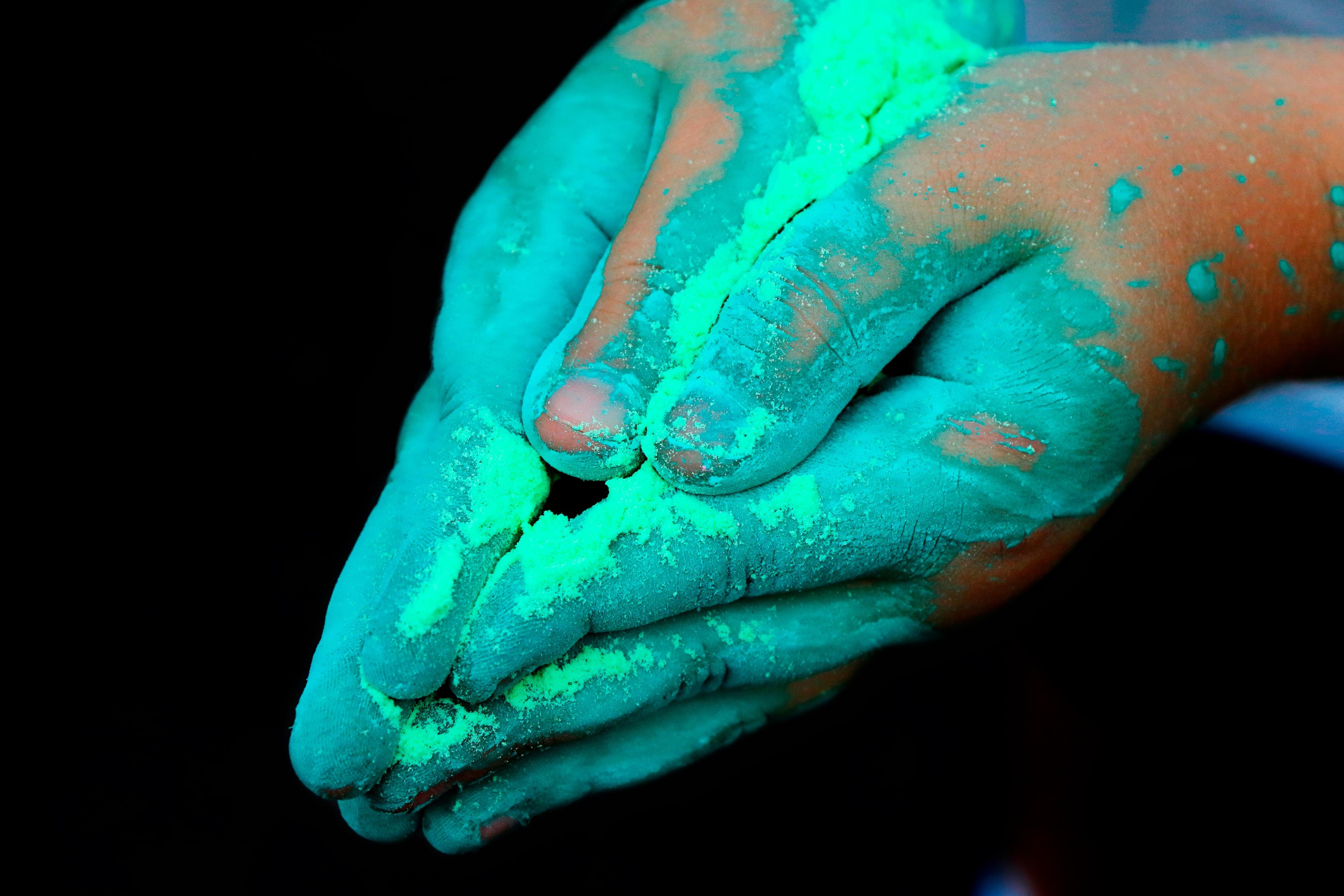At AIPS, we believe that teaching art appreciation and the skills associated with artistic expression is a crucial part of our curriculum. This is because the study of art is vital for children's creative, visual, sensory, and emotional development.
While Doctor Maria Montessori did not believe that one could "teach" a child to become an artist, she strongly believed in fostering children's creative abilities and teaching them to develop "an eye that sees, a hand that obeys, and a soul that feels."

To that end, our students are regularly exposed to the world of aesthetics and visual arts through various learning experiences that include art study and creative expression, themed art projects, science and culture, and the use of natural and recycled materials.
Through art study, children develop an understanding of different art styles, experiment with artistic techniques, and build a vocabulary for identifying visual and tactile sensations. Themed art projects, such as those centered on children's interests, holidays, or cultural events, allow children to express themselves through process-based art, while projects that use natural and recycled materials promote environmental awareness and sustainability.
Furthermore, the Montessori Sensorial Curriculum, which focuses on refining visual and tactile senses, also ties directly into the study of art. For example, the study of 2D and 3D shapes helps children to understand and identify shapes in the world around them.
In summary, we believe that art is a powerful subject that offers students countless opportunities to tap into their imagination, express themselves, and showcase their unique perspectives. AIPS is committed to providing children with the tools, resources, and guidance they need to build a strong artistic foundation.

